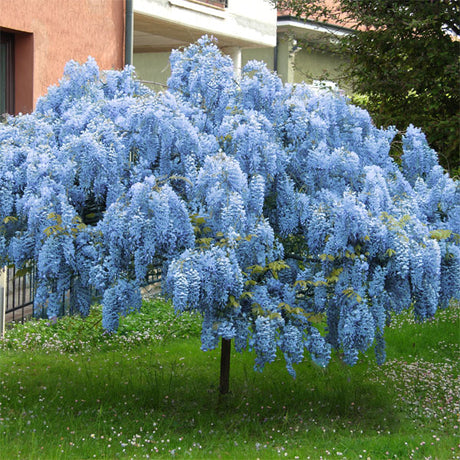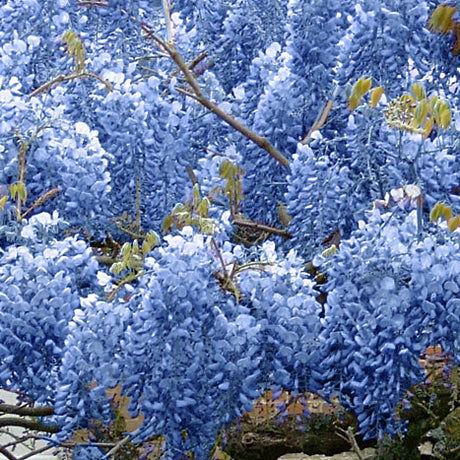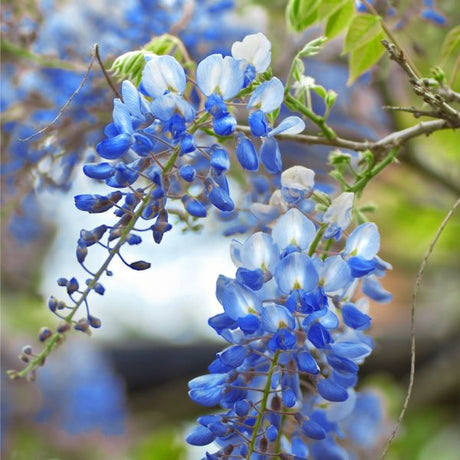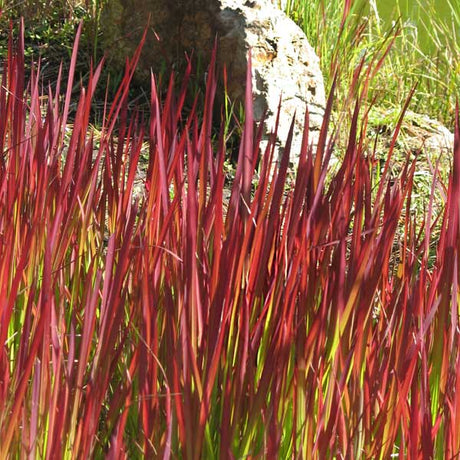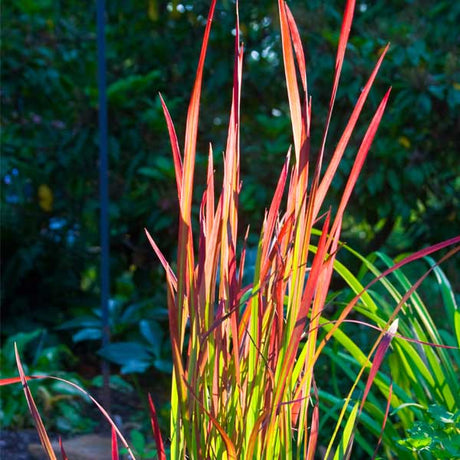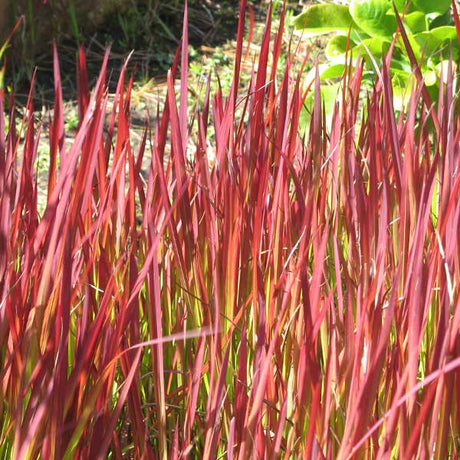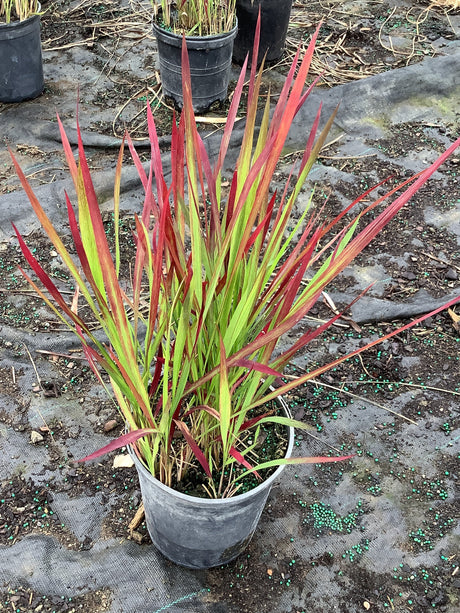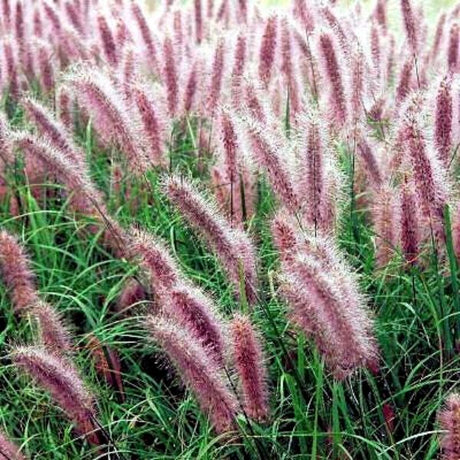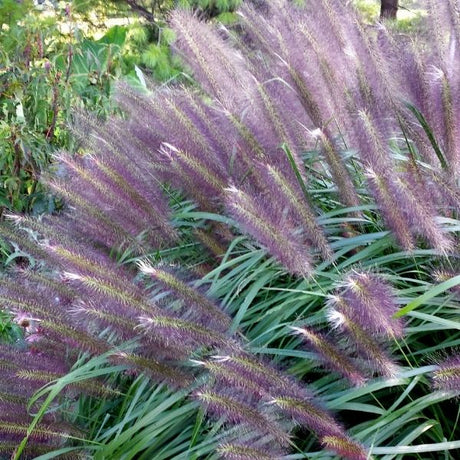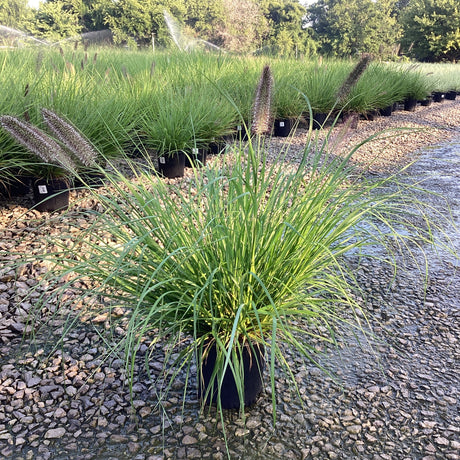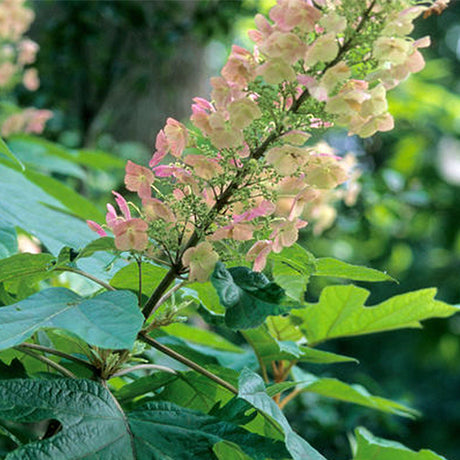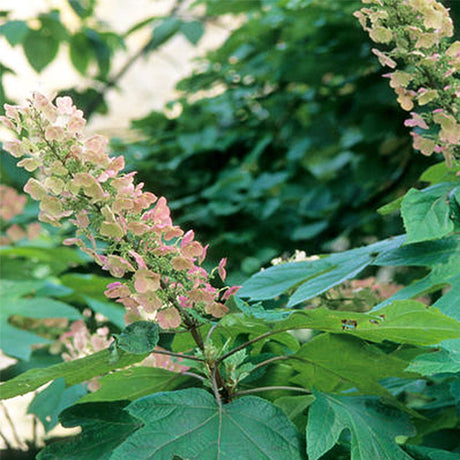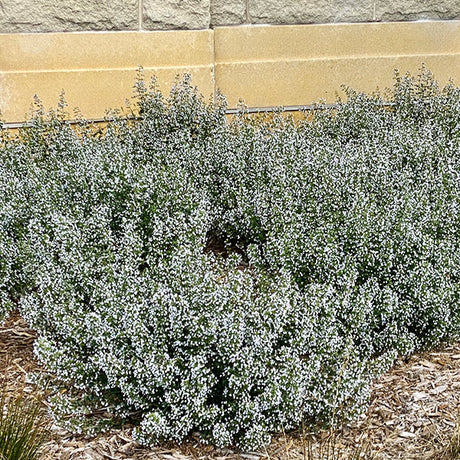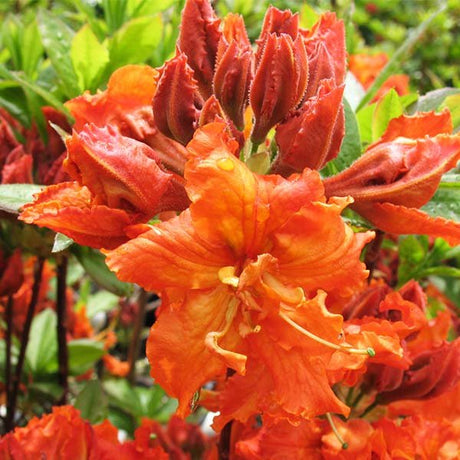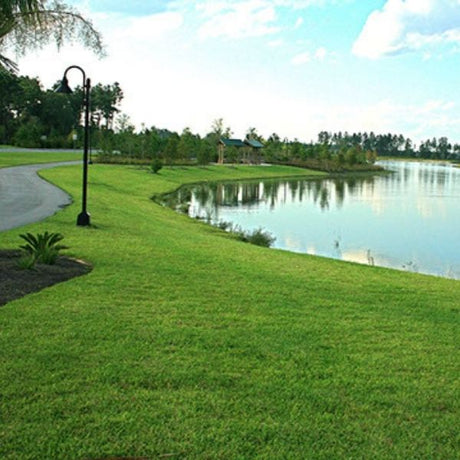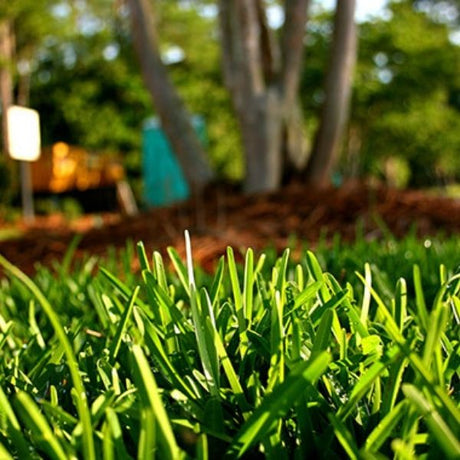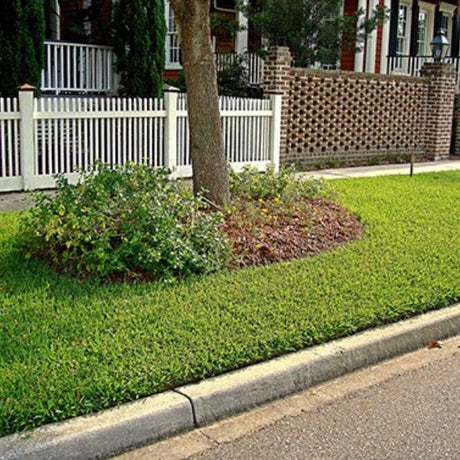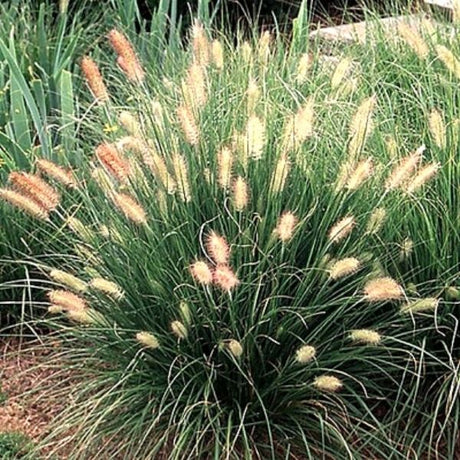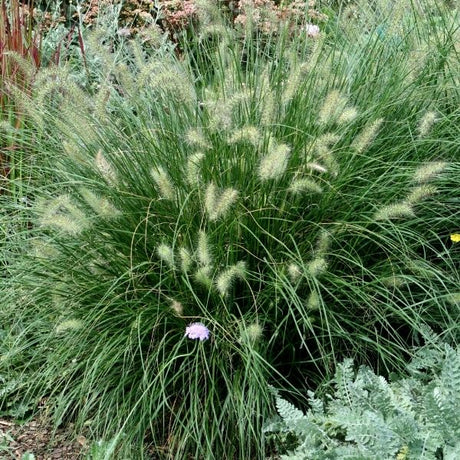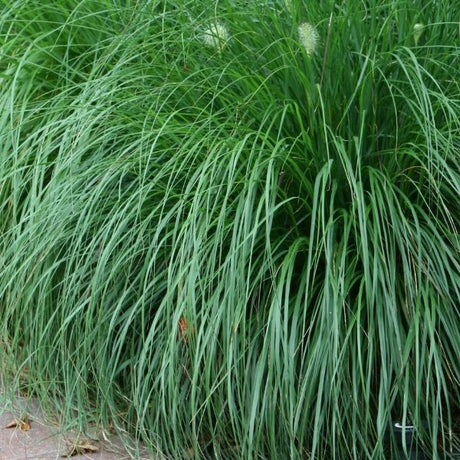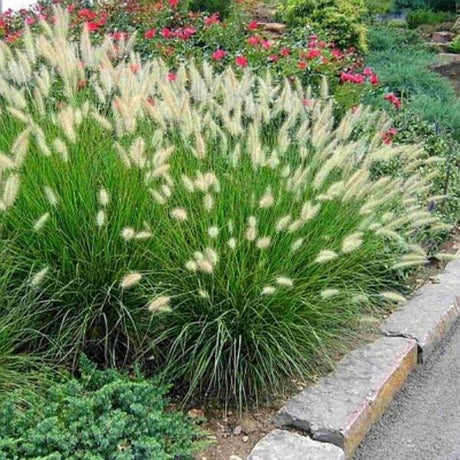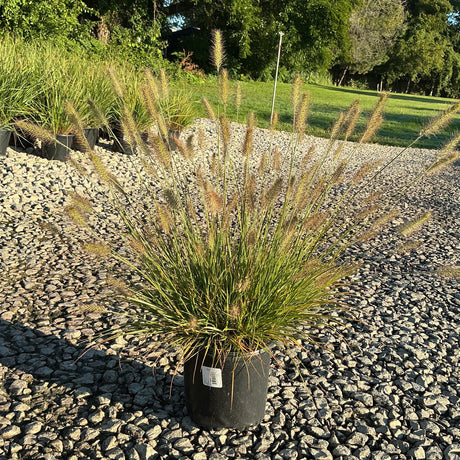High-Altitude Gardening in Colorado Springs

Gardening in Colorado Springs, also known as Olympic City, USA and nestled in the shadow of the awe-inspiring Pikes Peak, offers a one-of-a-kind blend of challenges and triumphs. With elevations stretching from 6,000 to 7,000 feet above sea level, local gardeners face intense UV rays, dramatic temperature swings, and dry air that’ll parch even the toughest green thumbs. But don’t worry, Ma Nature provides plenty of beautiful, hardy native plants perfectly suited for this high country, Southwestern US climate.
Whether you're in Briargate, Old Colorado City, or the Broadmoor, cultivating a garden that turns heads and feeds the soul is absolutely possible. All it takes is some smart plant picks and mountain-savvy gardening strategies.
Embracing The Colorado Springs Climate

The semi-arid climate of Colorado comes with low humidity, strong sun, cold winters, and hot, dry summers. Sudden spring snow? Yep. A 40-degree temperature drop overnight in October? That too.
Colorado Springs’ soil ranges from clay-heavy and alkaline to sandy or rocky, depending on your neighborhood. If you live on the west side near Garden of the Gods, expect more decomposed granite and rocky soil. On the east side, in places like Stetson Hills, you’ll likely face alkaline clay that needs amending.
Colorado Springs’ Landscape & Weather Snapshot
- Elevation: 6,000–7,500 feet
- Average Rainfall: ~16 inches/year
- USDA Hardiness Zones: Mostly Zone 5b, dipping to 5a in colder pockets
- Frost Dates: Last frost is typically mid-May; first frost rolls in early October
- Sun Intensity: High UV exposure requires plants with thick, waxy, or hairy leaves
Top Colorado Native Plants For High Elevation
Top 5 Native Trees
These native Colorado trees stand tall through wild winds, dry spells, and freezing nights.
- Colorado Blue Spruce – Our state tree and a real Rocky Mountain classic! Its silver-blue needles shimmer like mountain frost. Great for privacy, windbreaks, and adding a majestic vibe.
- Limber Pine – This rugged beauty is as tough as they come. Flexible branches shrug off snow, and it’s perfect for dry, rocky spots.
- Douglas Fir – Adaptable and fragrant, it grows well in cooler, shaded areas of your property.
- Gambel Oak (Scrub Oak) – A tenacious native that forms thickets, offers wildlife habitat, and thrives in tough soils. Find other suitable Oak Trees here.
- Quaking Aspen – That golden fall shimmer! The fluttery, coin-shaped leaves dance in the wind and whisper mountain magic.
Colorado Native Shrubs
Add depth, pollinator appeal, and year-round interest with these native shrubs.
- Rabbitbrush – Late-season bloomer with bright yellow flowers. Bees love it, and deer leave it alone.
- Mountain Mahogany – Drought-tolerant with fine, feathery seed heads and silvery bark.
- Fernbush – Fragrant and full of personality. Its white blooms bring in beneficial insects.
- Threeleaf Sumac – Fall color firecracker! Also attracts birds with its berries. Find other Sumac here.
- Chokecherry – Spring flowers, summer berries, and red fall foliage make this shrub a multitasking wonder.
Native & Adaptive Perennials for the Springs
These perennials aren’t just pretty, they’re tough as Colorado granite.
- Rocky Mountain Penstemon – Violet-blue spikes of flowers draw in pollinators and stand proud with minimal water. Find more Penstemon here.
- Blanket Flower (Gaillardia) – Like a sunset in bloom! Long-lasting flowers love heat and poor soil.
- Prairie Coneflower (Ratibida columnifera) – AKA Mexican Hat or Gray-Headed Coneflower. Drought-loving and whimsical!
- Silvery Lupine – Striking spires of purple-blue blossoms and silvery leaves that shine under the sun.
- Pasque Flower – One of the first to bloom in spring, with fuzzy stems and lavender petals. A native cutie with charm.
Fruiting Trees That Can Handle High Elevation
You can grow your own edible landscaping or a full orchard with these mountain-tough choices.
- Western Hackberry (Celtis occidentalis) – Hackberry trees are rugged, producing small, sweet purple berries beloved by birds and pollinators. It's drought-tolerant and highly adaptable to rocky or alkaline soils.
- Chokecherry (Prunus virginiana) – A Colorado native superstar! Its tart, deep red to black berries are perfect for jelly and syrup. Plus, it bursts with fragrant white spring flowers.
-
Serviceberry (Amelanchier alnifolia) – Also known as the Saskatoon or Juneberry. The sweet, blueberry-like fruits are great fresh or baked, and the shrub puts on a fiery fall show.
Pincherry (Prunus pensylvanica) – This small native tree explodes with white spring blossoms followed by bright red cherries. A pollinator magnet and wildlife favorite. - Mountain Crabapple (Malus fusca) – Native to higher elevations in the West, this crabapple delivers tart little fruits that can be used in jams and jellies, and are also a magnet for birds.
High-Flying Fruiting Bushes & Vines
Sweet rewards from plants that play nice in the Pikes Peak region. These low-maintenance native bushes bring sweet rewards, pollinator power, and a natural fit for Colorado Springs' climate.
- Golden Currant (Ribes aureum) – This sunny native blooms with fragrant yellow flowers in spring, followed by tart, juicy berries that birds, bees, and humans adore. Find more Currants here.
- Wax Currant (Ribes cereum) – A dryland hero, this compact native has soft pink blooms and mild-tasting red berries. Extremely drought-tolerant and a great wildlife shrub.
- Buffaloberry (Shepherdia argentea) – This silvery-leaved stunner thrives in poor soils and produces tart red berries. A fabulous native for jams and great for wildlife habitat.
- Common Elderberry (Sambucus canadensis) – Native to moist spots in the Rockies, Elderberry offers large clusters of tiny white flowers followed by nutritious dark berries perfect for syrups and immune-boosting tonics.
- Western Sand Cherry (Prunus pumila var. besseyi) – A tough, low-growing shrub with sweet-smelling spring blooms and tasty dark cherries in summer. Ideal for xeriscaping and hedgerows.
Tips & Tricks For Colorado Springs Gardeners
- Add compost regularly to increase water retention and aeration.
- Consider raised beds or berms if you have especially compacted or rocky ground.
- Test your soil’s pH: Most Springs soil leans alkaline (7.0+ pH), so choose plants that love those conditions or use soil sulfur to slightly acidify as needed.
- Mulch Is Gold: Use arborist mulch as your secret weapon against moisture loss and temperature swings. It keeps your soil cool and moist. Apply 2–3 inches thick, especially around young plants.
- Strong Sun: Go for plants with small, fuzzy, or waxy leaves, they hold up better to UV.
- Wind Protection: Plant wind-tolerant species on the outer edges to shield more delicate greenery.
- Water Smart: Drip irrigation and soaker hoses deliver water deep without wasting a drop.
- Don’t Rush Spring: Late frosts are sneaky. Hold off on planting tender plants until mid-May.
- Feed the Soil: Add compost and mulch regularly. The healthier the soil, the tougher your plants and the less stress they will be under.
Designing Your Rocky Mountain Retreat

Layer your plants by height to mimic the nearby foothills. Combine native grasses, perennials, and evergreens for four-season beauty. Rock gardens shine here, not just for looks but because they drain well and match the natural landscape.
Add in a few touches that nod to the region, think flagstone paths, driftwood sculptures, or rustic raised beds. You’re not just planting a garden, you’re crafting a mini Front Range paradise.
Rooted In Success At 6,000 Feet!
From the mighty Colorado Blue Spruce to the pollinator-loving Rocky Mountain Penstemon, the key to Colorado Springs gardening is to plant smart, mulch deep, and water wisely. Choose native and adaptive plants that vibe with the climate, and you’ll create a yard that thrives through wind, sun, snow, and everything in between.
So grab your gloves, and let Nature Hills Nursery be your guide!
Happy Planting!


